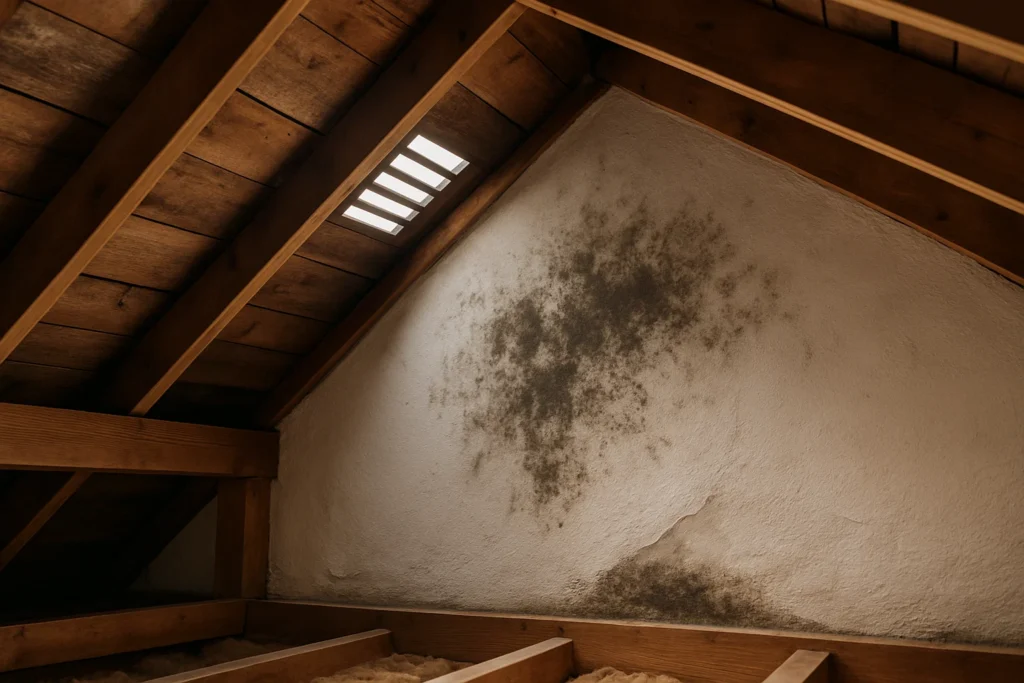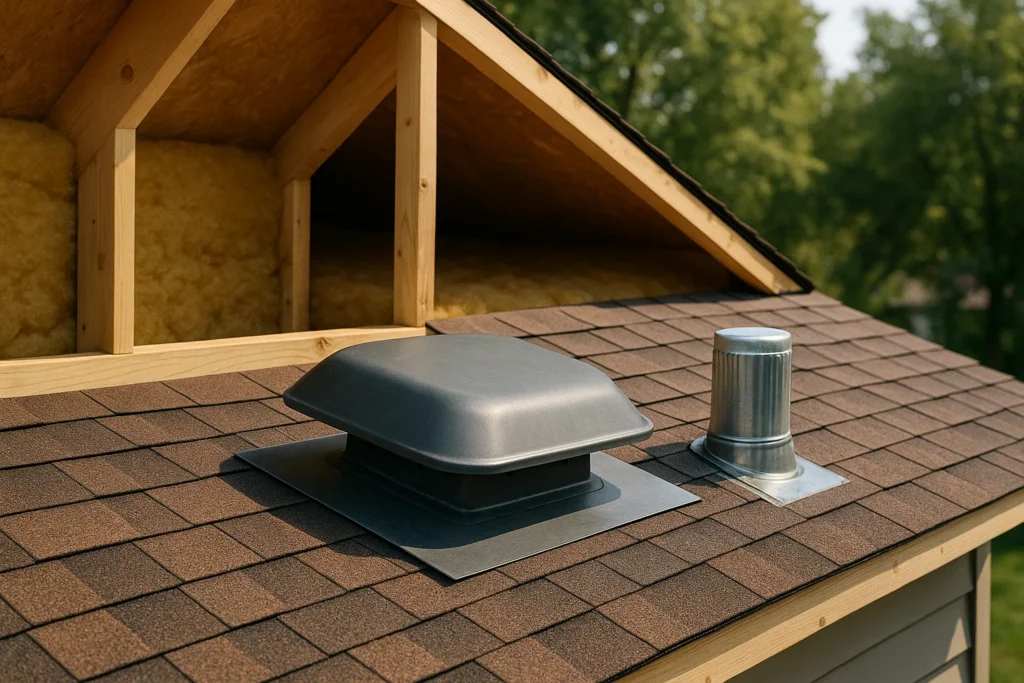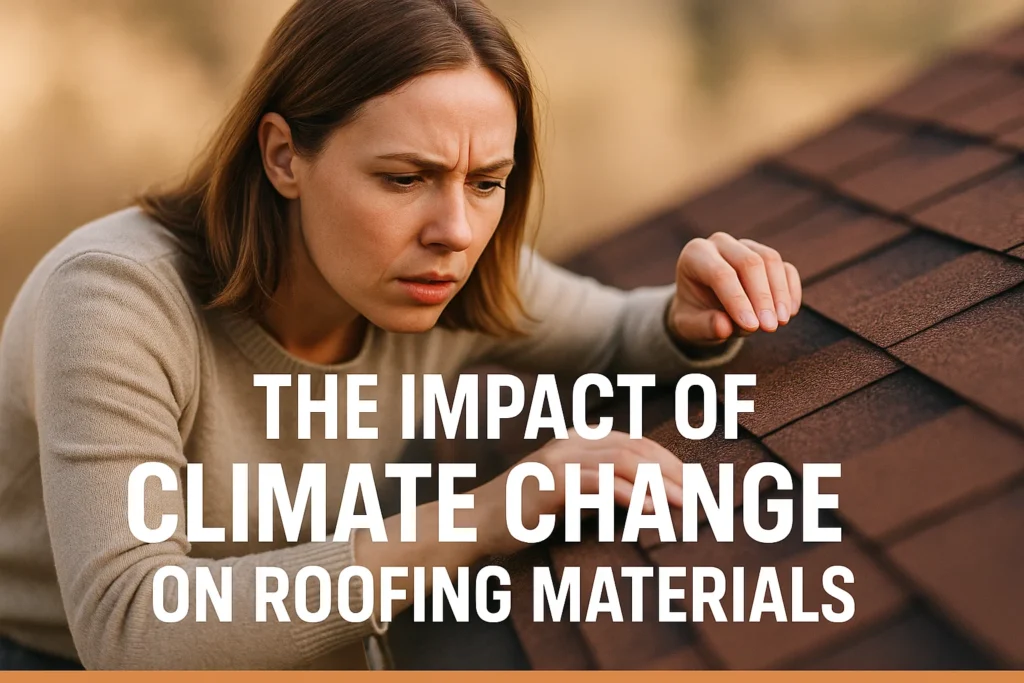Your attic may be out of sight, but not out of mind. Poor attic ventilation is one of those silent home issues that can cost you thousands of dollars in energy costs, roof repairs and structural damage before you realize what is going on. The majority of homeowners do not consider their attic until something bad happens.
However, the thing is that your attic ventilation system is very important in ensuring that your whole house is comfortable, energy-efficient, and structurally stable. When it goes wrong, the consequences are felt all around your house, in ways you may not think of as ventilation problems at first. Yes, then poor attic ventilation is a definite problem. It impacts your pocketbook, your comfort level and the life of your house. So, how to recognize the signs and what can you do about them? Let’s cover:
Why Is Attic Ventilation Important?
The two primary functions of your attic ventilation system are to keep your house cool during the summer months and dry during the winter months. This is something that sounds simple enough, but the science behind it is quite fascinating as:
- Prevents excessive heat buildup that can warp or damage roofing materials
- Limits moisture condensation that leads to mold and rot
- Reduces strain on HVAC systems, lowering cooling costs
- Helps prevent ice dams in colder climates, avoiding water infiltration
- Extends the lifespan of your roof and attic structures
The ventilation is very basic in the way it works: cool air enters through soffit vents in your eaves and hot air exits through ridge vents at the top of your roof. This will give natural ventilation that will maintain the temperature and humidity of your attic at the recommended rates.
What Are the Common Signs of Poor Attic Ventilation from Roofing?
1. There is Excessive Heat in the Attic
One of the most apparent signs would be an abnormally hot attic, especially during the summer. On hot days, temperatures can reach more than 140°F as there is no adequate ventilation. This heat stresses shingles and roof decks and raises cooling costs because that hot air finds its way into occupied space.
2. Visible Condensation or wetness on plywood or roof decking
The build-up of moisture due to the trapping of humid air may manifest itself as water droplets, stains, or rust on nails on roof decking. This moisture can promote decay of wood and cause the structure to become weak.

3. The Existence of Mold or Mildew
The presence of mold or mildew is indicated by dark spots, discoloration or musty smell in the attic, which is due to moisture and poor circulation of air. This not only spoils building materials but it also has health hazards to occupants.
4. Broken, Curling, or Brittle Shingles
Poor ventilation leads to uneven roof temperatures which hastens the shingle wear and tear like cracking, curling, blistering and early loss of the granules, leaving your roof prone to leaks and decay.
5. Ice Dams in winter
Poor ventilation causes warm air to collect in the attic and the snow on the upper parts of the roofs melts, then refreezes at the lower eaves, creating ice dams. These dams may lead to the backup of water under the shingles and this may destroy your roof and interior walls.
6. Roof Sagging and Fading
The plywood decking can be distorted by constant wetness, leading to a slumping or a wavy roof. Stained wood may be a sign of prolonged water and which weakens the strength and the ability of the roof to hold nails.
7. Increased Energy Bills and Hot Rooms Upstairs
Once the attic heat has moved to the lower levels, your air conditioner will have to work extra hard to keep you comfortable, and this results in more energy usage. They might have a poor ventilation system in their attic and this would make the upstairs rooms hotter.
8. Rust on Nails, Roof Parts, and Flashing
Over moisture causes rusting of nails, metal flashings and ductwork in the attic, which may create leakages and additional water damage.
Typical Attic Vent Components& Installation Costs
| Ventilation Component | Typical Cost Range (Including Installation) | Notes |
| Soffit Vents | $300 – $700 (for multiple vents, including labor and materials) | Costs depend on number and size of vents, and soffit accessibility |
| Ridge Vent | $500 – $1,200 (depends on roof length and material) | Needs professional installation for proper sealing |
| Gable Vents | $200 – $600 (per pair or two vents) | Easier and less expensive. |
| Roof Vents (Box or Turbine) | $300 – $800 per vent installed | Good exhaust when ridge vent unavailable or additional help needed |
| Attic Fans (Powered) | $600 – $1,500+ (depending on fan type and complexity) | Mechanical ventilation requires ean lectrical hookup |
| Insulated Vented Closure Strips for Metal Roofs | $100 – $300 per 10-20 linear feet | Helps airflow under metal panels without pest intrusion |
| Roof Vent Inspection and Repair | $150 – $400 | Includes clearing blockages, replacing damaged vent components |
Building Code and Ventilation Requirements

Ventilating an attic is a matter of preference and the climate in your area. An example is that metal roofs need special types of ventilation to avoid condensation. Building codes generally provide the minimum ventilation requirements of attics, usually based on attic floor area (e.g., 1 square foot of vent area per 150 square feet of attic floor area):
- 1 square foot of net free ventilation area for every 150 square feet of attic floor space.
- This ventilation area should be divided roughly equally between intake (soffit vents) and exhaust (ridge, gable, or roof vents).
- For example, if you have a 1,500 square foot attic, you’d need about 10 square feet of ventilation area split between intake and exhaust.
Other or stricter requirements may also be imposed by local building codes, as well as HOA regulations, so it is always wise to take a look at them.
Conclusion
It is important to know the indicators of inadequate attic ventilation on roofing level to ensure the protection of your house structure, indoor air quality and energy efficiency. Some of the common indicators are too much heat, moisture, mould, broken shingles, and ice dams, which are pointers of ventilation issues and when unattended to, repairs are very expensive. Intake and exhaust attic ventilation in the right proportion is the key to a healthy roof system and a healthy living environment.
When you think that your attic might not be ventilated properly, it will be cheaper to hire a professional to inspect the attic and possibly upgrade your attic vent system to avoid any major damage in the long run. Our experts at Faver Roofing are your roofing partner in every situation. We know how to make our customers happy and peace of mind.
FAQs
Attics indeed need to be ventilated to eliminate the unnecessary heat and moisture to avoid damaging the roof, growing molds, and wasting energy.
A combination of the soffit vents (intake) and ridge vents (exhaust) is regarded as the best. This can be complemented with gable vents and roof vents.
A general rule is 1 square foot of ventilation for every 150 square feet of attic space, balanced between intake and exhaust vents.
Correct venting consists of the use of ridge vents with soffits that are ventilated and other types of vents used to avoid condensation that is prevalent with metal roofs.
Check the vent pipes by eye to see that they are not blocked, rusted, cracked and flashing sealed. Air movement can be checked by the use of a roof smoke test.
Yes, moisture entrapment may encourage molds and mildew which may lead to breathing difficulty and allergies.







